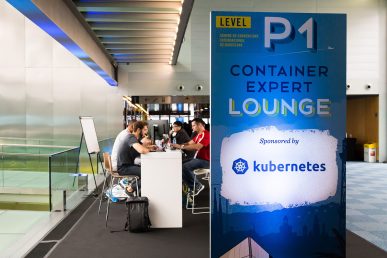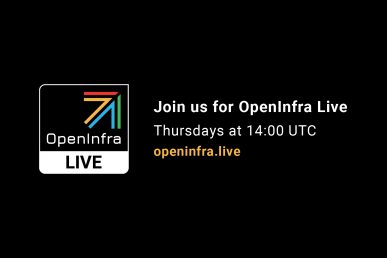Creating an edge computing strategy? Looking for reference architectures or a vendor to support your strategy?
Join the people building and operating open infrastructure at the Open Infrastructure Summit Shanghai, November 4-6 where you will come with questions, and leave with an edge computing strategy. The Summit schedule features over 100 sessions covering over 30 open source projects organized by use cases including: artificial intelligence and machine learning, high performance computing, 5G, edge computing, network functions virtualization (NFV), container infrastructure and public, private and multi-cloud strategies.
Here we’re highlighting some of the sessions you’ll want to add to your schedule about edge computing. Check out the entire track here.
Towards Guaranteed Low Latency And High Security Service Based On Mobile Edge Computing (MEC) Technology
As a 5G pioneer, SK Telecom (SKT) developed their own MEC platform from last year. It was designed and developed to respond to a variety of business requirements, as well as complies with 3GPP/ETSI standards. To interwork with current 4G/5G technologies, SKT implemented unique edge routing technology and commercialized this MEC platform last year. The platform is linked to 5their G network and is currently providing smart factory pilot service which requires extremely low latency. This talk will provide an overview of SKT’s MEC architecture, lessons learned from commercialization and their future plans.
Secured Edge Infrastructure For Contactless Payment System
China UnionPay will discuss their StarlingX architecture and how to apply security hardening features on their underlying OpenStack and Kubernetes platform. They will describe the architecture with support of both virtual machine and container resources for the edge payment service application including face recognition, car license plate detection, payment, and more. Learn more about smart payment requirements and reference implementations that use case, including capabilities like resource management, security isolation, and more.
Network Function Virtualization Orchestration By Airship
This session will cover how to enable OVS-DPDK in Airship and demonstrate the end-to-end deployment flow of OVS-DPDK in Airship. Moreover, the speakers will present the implementation details like creating DPDK-enabled docker images for OVS, handling hugepage allocation for DPDK in OpenStack-Helm and Kubernetes, CPU pinning, and more.
Join the global community, November 4-6 in Shanghai for these sessions and more that can help you create a strategy to solve your organization’s edge computing needs.
- Revolution in Cloud Economy: How FishOS – Integrated Solution Reduced Enterprise’s Cloud Costs by 50% - July 1, 2024
- Inside Open Infrastructure: June 2024 - June 18, 2024
- 2024 Superuser Awards Nominations Now Open - June 9, 2024

)










